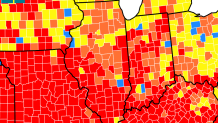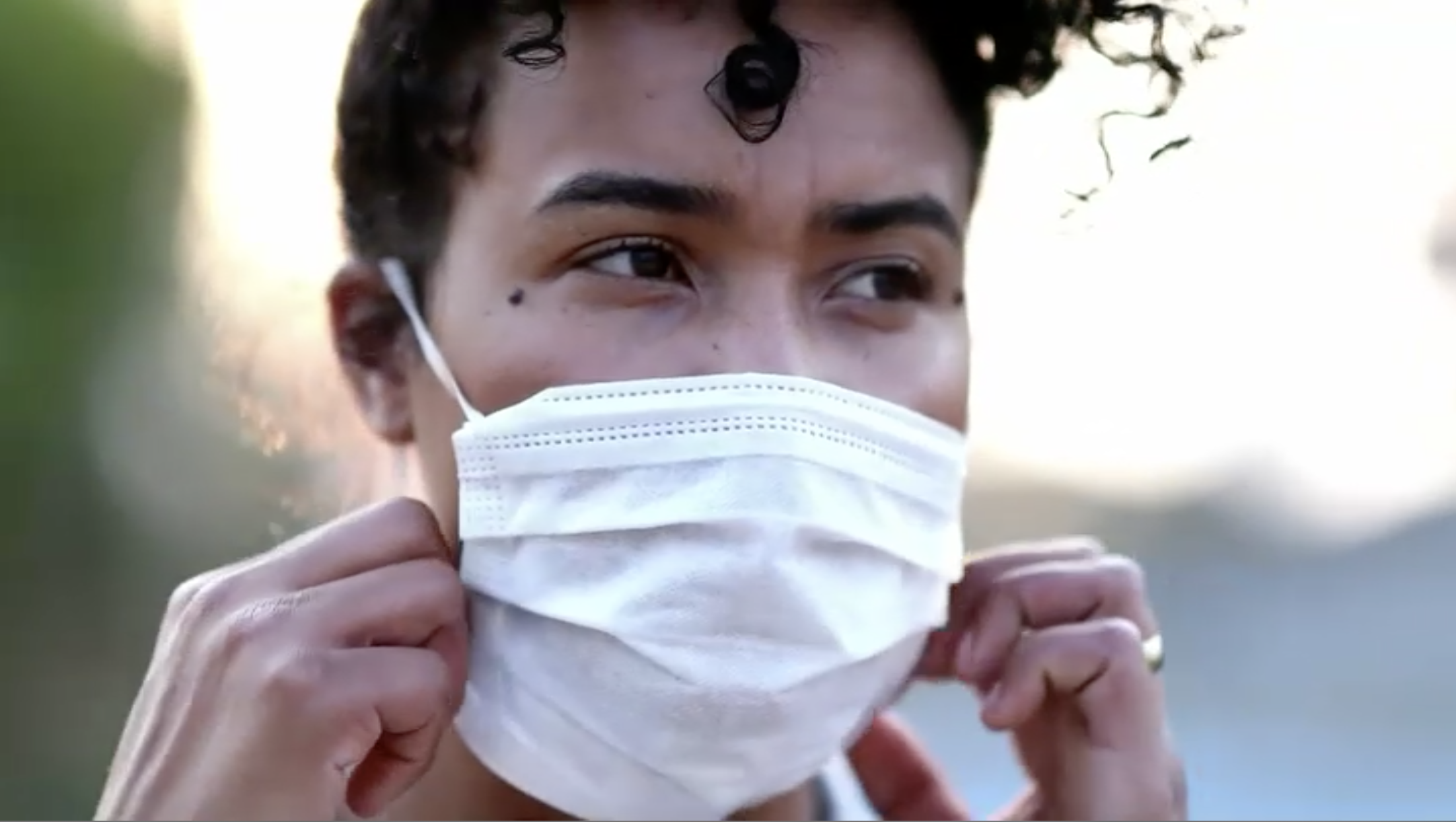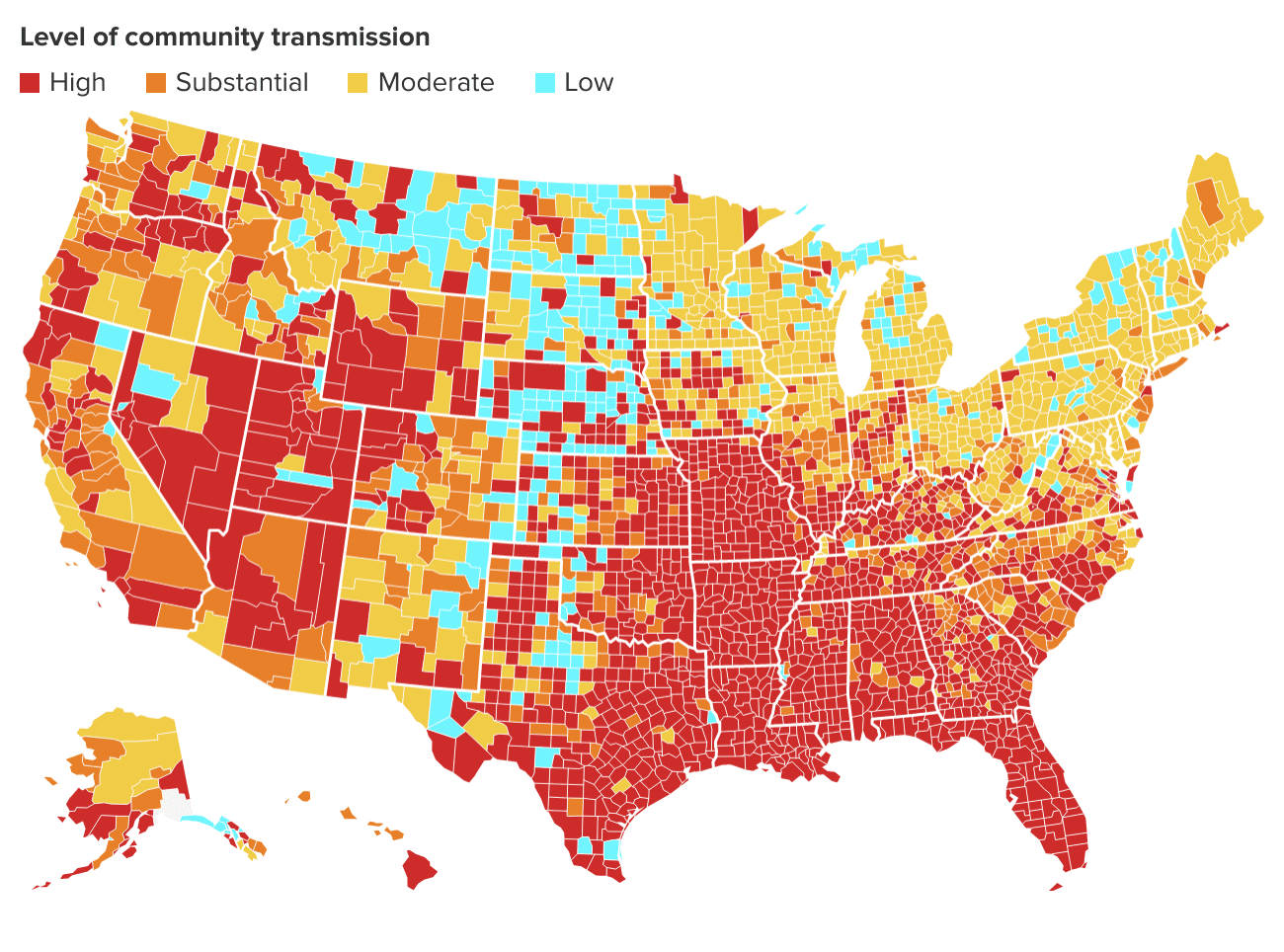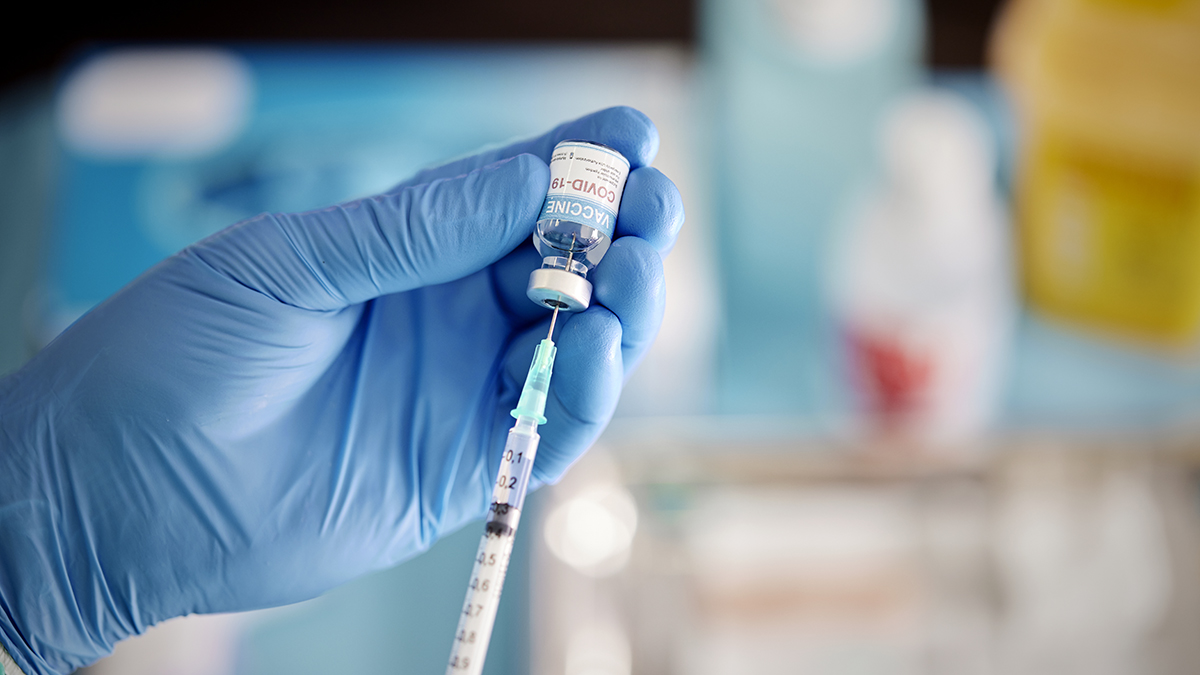Chicago is nearing the daily COVID-19 case rate that Mayor Lori Lightfoot has previously warned would prompt city officials to explore reinstating a mask mandate and other mitigation efforts.
Chicago was averaging 192 new COVID-19 cases per day as of Friday, according to city data. That metric was up from 185 the day before and has grown by 64% in the past week.
On July 9, that figure was 61, meaning the number of average new cases per day has more than tripled in the past three weeks. The average daily case rate hit a low of 34 in late June before it began to climb again.
The 192 average of new cases per day recorded Friday is also just shy of the 200 that Lightfoot and other officials have said would indicate a level of transmission that may necessitate stronger efforts to slow the spread of disease.
Feeling out of the loop? We'll catch you up on the Chicago news you need to know. Sign up for the weekly Chicago Catch-Up newsletter here.
In an interview with the New York Times released Monday, Lightfoot was asked what the threshold would be for the city to reinstate a mask mandate.
"Well, look, if we get back into an area where we feel like we’re in a red zone, which we are working very hard to make sure that our daily case rate is below 200, if we start to see consistently going over that, we’re not only going to look at a mask mandate, but we’re going to look back at other tools that we’ve been compelled to use," Lightfoot said. "I hope we don’t get there. What we’re going to keep focusing on is pushing the vaccine. But my number one priority is to keep people safe."
The Centers for Disease Control and Prevention updated its guidance Tuesday to recommend that fully vaccinated people should wear masks in indoor settings again in areas of the U.S. that are seeing "substantial" or "high" transmission of COVID-19.
The new guidance marked a reversal from earlier recommendations that said fully vaccinated people could remove masks in most settings.
On Thursday, Cook County was moved into the "substantial" transmission category, meaning that recommendation for universal indoor masking now applies to the county.
The CDC uses two measures to group U.S. counties into the four levels of community transmission: the number of new cases per 100,000 residents and the percent of COVID-19 tests that are positive over the past week.
If a county has reported 50 to 100 cases per 100,000 residents over a seven-day period or has a positivity rate of 8% to 10%, it falls into the "substantial transmission" tier, while those reporting 100 cases or more per 100,000 or have a positivity rate of at least 10% are labeled as "high transmission." Those are the two groups for which the CDC recommends mask-wearing, versus "low" or "moderate" transmission in areas with lower metrics.
Chicago's top doctor said Thursday that the city could move into the "substantial" transmission category "very shortly," noting that an average of 200 new cases per day would signal that shift.
"Sitting at 185 average cases per day and increasing, I do anticipate we will be moving very shortly into that substantial risk category," Chicago Department of Public Health Commissioner Allison Arwady said during a Facebook Live broadcast.
Chicago could make formal announcements about further COVID precautions next week, Arwady continued, blaming the delta variant for the increased number of cases in Chicago and across Illinois.
Chicago's COVID metrics continue to rise as the city sees the return of Lollapalooza, its largest music festival that typically brings about 100,000 people per day to Grant Park.
Experts have warned that the festival - which requires attendees to show proof of vaccination or a negative COVID test upon entering the event - could cause case rates to rise even more.
“I think a lot of people are going to get COVID at Lollapalooza,” Dr. Emily Landon, executive medical director for infection prevention and control at the University of Chicago Medical Center said earlier this week. “The real problem is not so much that a bunch of young people who come into Chicago getting COVID at this event. The real problem is them taking it back to places that have very low vaccination rates."
“Lolla has let us down with respect to how vigorously they’re restricting people based on the things that they sort of initially told us (about how) ‘we’re going to be really strict’ and now it’s like they’ve lightened up quite considerably on checking vaccines and negative tests,” she added.
Lightfoot dismissed the remarks from Landon - who has previously appeared alongside the mayor to deliver updates earlier in the pandemic - as coming from "critics standing on the sidelines."
As of Thursday, many of Illinois' counties fell into either "substantial" or "high" transmission, indicated in orange and red, respectively, on the CDC's COVID data tracker map. Some counties - mostly concentrated in the northern and central regions of the state - are seeing "moderate" transmission, labeled in yellow, while just two are colored blue for "low" transmission.

Other Chicago-area counties besides Cook that are seeing "substantial" transmission includ: Will, DuPage, Kendall, McHenry, Boone, Winnebago, DeKalb, LaSalle and Grundy.
You can find the map of each county in the U.S. and its transmission level here
More than 97% of people contracting COVID from the delta variant are unvaccinated, Lightfoot said Thursday as she encouraged residents to get the vaccine.
"Without that protection, you're playing Russian roulette," Lightfoot said. "This variant is real. It is deadly."
The CDC also said Tuesday that fully vaccinated people also "might choose to mask regardless of the level of transmission, particularly if they or someone in their household is immunocompromised or at increased risk for severe disease, or if someone in their household is unvaccinated."
The Illinois Department of Public Health said Tuesday that it is "fully adopting" the CDC's updated guidance.
IDPH also said the state will follow the CDC's new recommendations for K-12 schools, recommending universal masking indoors among teachers, staff, students and visitors to schools, regardless of vaccination status.
"While data continues to show the effectiveness of the three COVID-19 vaccines currently authorized in the U.S., including against the Delta variant, we are still seeing the virus rapidly spread among the unvaccinated," IDPH Director Dr. Ngozi Ezike said in a statement, noting that COVID cases and hospitalizations continue to increase, especially among those who are unvaccinated against the virus.
"The risk is greater for everyone if we do not stop the ongoing spread of the virus and the Delta variant," Ezike said. "We know masking can help prevent transmission of COVID-19 and its variants. Until more people are vaccinated, we join CDC in recommending everyone, regardless of vaccination status, wear a mask indoors in areas of substantial and high transmissions, and in K-12 schools."
IDPH pointed to the CDC's data on the delta variant showing the variant is considerably more contagious than other strains and spreads more than twice as easily from person to person.
Ezike and IDPH continued to encourage Illinois residents to get vaccinated.
"According to CDC, the Delta variant is causing some vaccine breakthrough infections, but even so, most breakthrough infections are mild, and the vaccines are preventing severe illness, hospitalization, and death," IDPH said.
Illinois Gov. J.B. Pritzker also issued an order Thursday requiring that everyone who enters a state building wear a face mask regardless of vaccination status.




